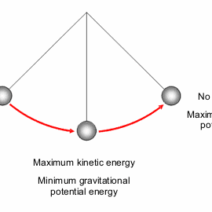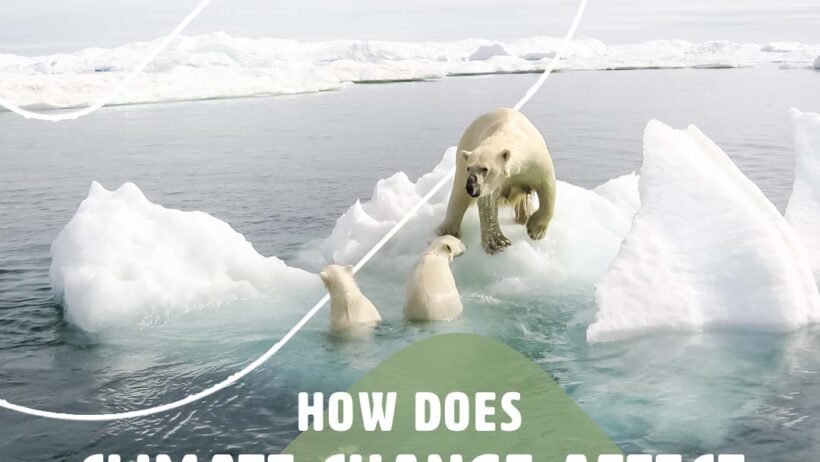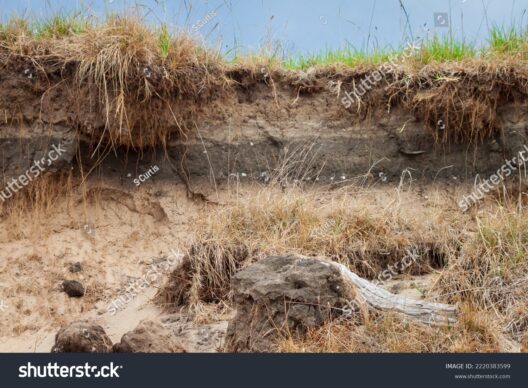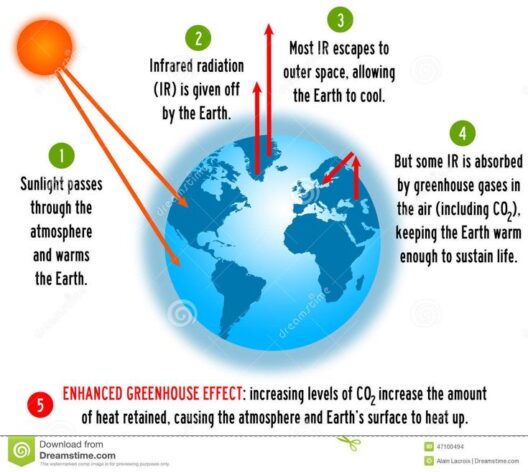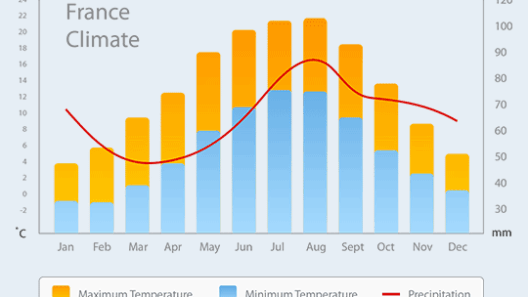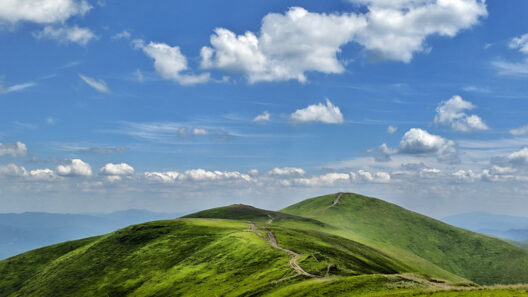Climate change is no longer an abstract concept discussed in the confines of academic journals; it is an undeniable reality that permeates the very fabric of our environment. As we navigate the complexities of our world, one must ask: What happens when the delicate balance of nature is tipped? What challenges lie ahead as our planet wrestles with rising temperatures, unpredictable weather patterns, and shifting ecosystems?
The impacts of climate change extend far beyond the melting ice caps or the occasional summer heatwave. Each facet of our environment—land, water, and air—feels the repercussions of our changing climate. This piece will dissect the varied ways in which climate change affects the environment, revealing an intricate network of consequences that beckons urgent attention.
Understanding the multifaceted dynamics of climate change is essential for both awareness and action. With that in mind, let’s delve into the primary consequences that our environment is currently facing.
Disrupted Ecosystems: A Tapestry Unraveling
Climate change disrupts ecosystems at an alarming rate. The intricate web of plants, animals, and microorganisms relies on stable conditions for survival. Ecosystems are not merely collections of species; they are dynamic systems with interdependent relationships. For instance, a change in temperature can lead to shifts in flowering times, which may affect pollinators such as bees and butterflies. With these essential species experiencing phenological mismatches, entire food chains stand at risk. The flowering plants may bloom sooner than usual, while their pollinators are not in sync, resulting in decreased reproduction rates.
Additionally, habitat destruction is exacerbated by changing climates. As animals migrate to find cooler areas, they may venture into urbanized spaces. This encroachment leads to conflicts with human populations, as wildlife encounters become more frequent. The loss of habitats also threatens species with extinction. For example, polar bears are losing their sea ice habitat due to warming oceans, further endangering their survival.
Acidification and the Aquatic World: The Hidden Catastrophe
While most discussions on climate change focus on terrestrial effects, the aquatic realm deserves an equal spotlight. Oceans absorb approximately a quarter of the carbon dioxide emitted by human activities, causing ocean acidification. This is an insidious problem that compromises the health of marine ecosystems, particularly coral reefs known as the “rainforests of the sea.” Coral reefs rely on a delicate balance of chemical processes to thrive. However, as ocean acidity increases, corals struggle to build their calcium carbonate structures. Subsequently, entire reef ecosystems begin to collapse, affecting the fish species that depend on these habitats for survival.
Furthermore, rising ocean temperatures can result in widespread coral bleaching, where corals expel the symbiotic algae living in their tissues, leading to the corals’ death. This, in turn, diminishes biodiversity in marine zones and alters local fisheries, which rely on healthy ecosystems for their sustenance.
Extreme Weather Patterns: Nature’s Fury Unleashed
The increase in atmospheric temperatures has been intimately linked to the rise of extreme weather phenomena. Droughts, hurricanes, heavy rainfall, and wildfires are becoming more common, with evidence indicating that climate change amplifies their intensity. These weather events pose immediate threats to habitats, species, and human livelihoods alike.
For instance, prolonged droughts can dry up lakes and rivers, impacting aquatic life and limiting freshwater resources for terrestrial species. As water sources diminish, competition among species intensifies, leading to increased mortality rates, particularly in weaker populations. Moreover, the destruction caused by hurricanes and floods can wipe out entire habitats overnight, displacing wildlife and further degrading the environment.
In addition, the implications of wildfires are grave. Rising temperatures create conditions conducive to larger, more severe wildfires, obliterating forests that play a pivotal role in sequestering carbon. The destruction of these critical areas not only releases stored carbon into the atmosphere but also shifts local ecosystems, potentially leading to irreversible changes.
Increased Pollutant Levels: Air Quality at Stake
As the climate heats up, air quality can also deteriorate, with consequences that trickle down to both environmental and human health. Warmer temperatures can lead to an increase in ground-level ozone, which is a significant contributor to smog. Poor air quality has detrimental effects on respiratory health, affecting both wildlife and humans. Furthermore, the exacerbation of allergenic plants due to longer growing seasons can lead to increased pollen levels, presenting a challenge for individuals with allergies and asthma.
The air we breathe is fundamentally connected to the health of ecosystems. With these rising levels of pollutants, not only do humans suffer, but so do countless species that rely on clean air to thrive.
Path Forward: Collective Action is Essential
The ramifications of climate change are profound and touch every element of our environment. Addressing these challenges requires collective action—a shared understanding that our choices matter and that environmental stewardship is essential. As individuals, communities, and nations come together, there lies the potential for innovation and resilience in the face of adversity.
In conclusion, the intricate relationship between climate change and the environment beckons urgent reflection and action. By fostering awareness and promoting collective responsibility, we can work toward a more sustainable future—one where harmonized ecosystems thrive, and both humans and nature find solace in the balance of our interconnected world.
